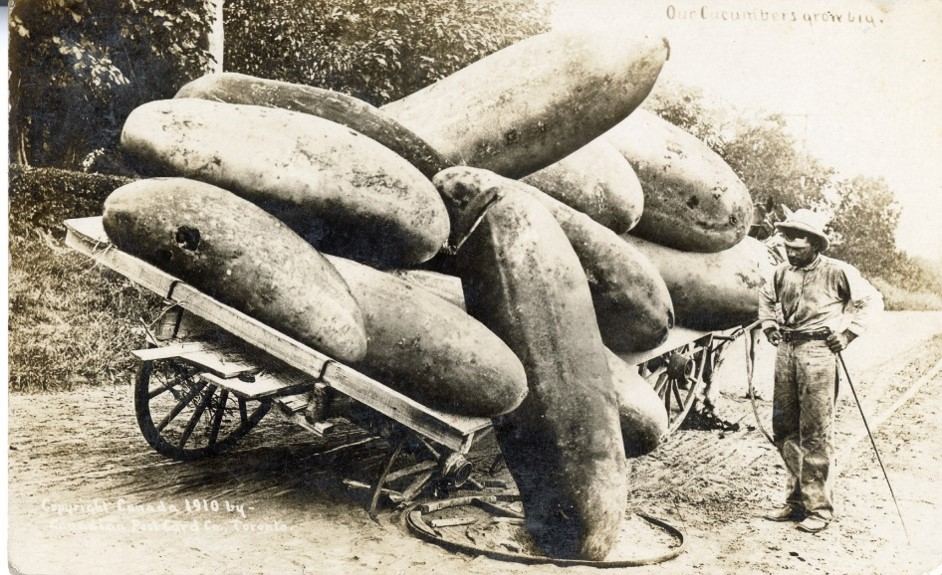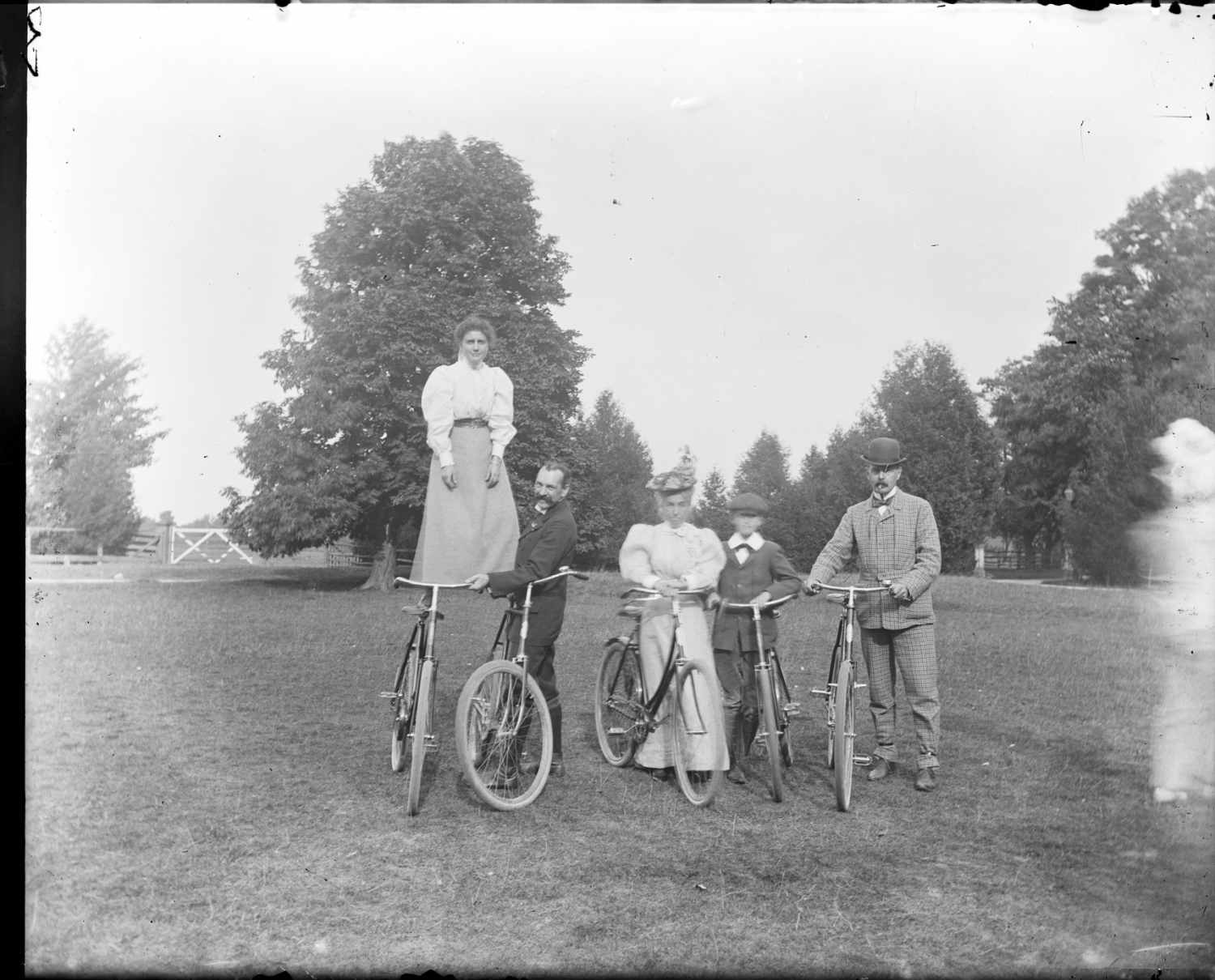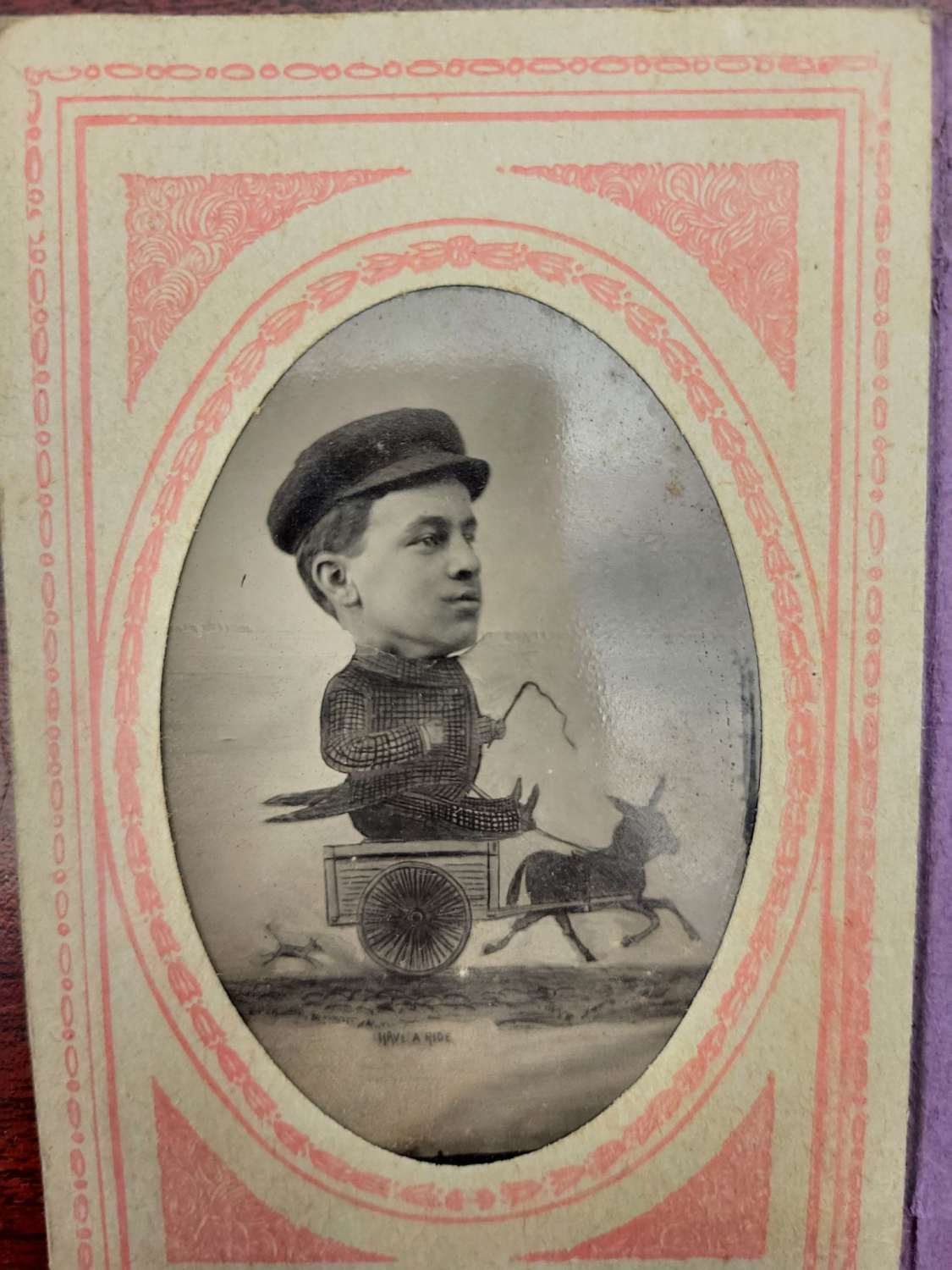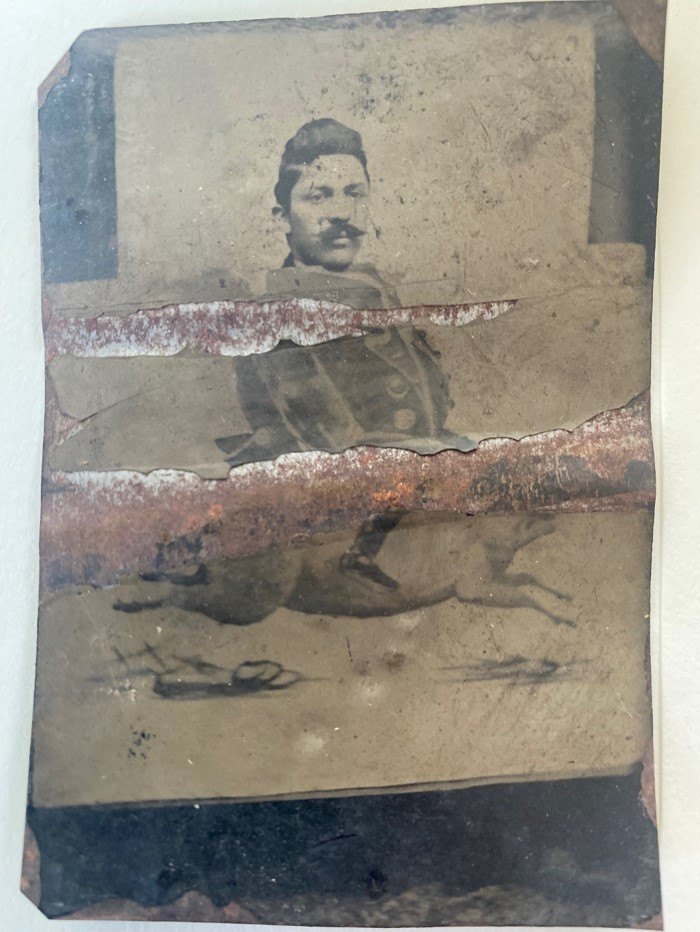It’s More Than Meets the Eye: Photo Manipulation and Other Phenomena
It’s More Than Meets the Eye: Photo Manipulation and Other Phenomena
Have you ever wondered how people edited photographs historically? Our archives technician walks us through the fascinating history of photo manipulation!
By Megan Lockhart, Archives Technician
Did you know? Photograph manipulation is technically not something new. We are in a day and age where we have to be very careful about what we read and see on the internet. Often, the information we are presented with is not 100% factual, despite sometimes being presented as such. When discussing modern photo manipulation, we are often referring to digital images being altered using photo editing software, such as “Photoshop”. We commonly refer to these edited images as being “photoshopped”. Nowadays, edited images are all around us, in advertisements, on television, in the printed and online material we read, and, perhaps the most deceptive of all, on social media. Many people use social media to present images that portray a certain ideal about their lives or the way they look, which goes much further now than just applying a “filter” to the images.
While digital image editing has really taken off in the 21st century, the manipulation of physical photographs is not a recent concept. Not very long after the invention of photography, people began finding ways to change how photographs looked. Historically, without the availability of computers and editing software, photographers would use innovative methods to alter their photos including the layering of negatives, marking up negatives using tools, purposefully damaging negatives, and using double exposure, among many other methods. We have several examples of altered photographs in our collection at the archives from massive produce being featured in photos to historical images appearing to be in colour.
One of the more commonly seen types of manipulated images we have in our holdings is “tall-tale postcards”. These postcards feature gigantic pieces of fruit or vegetables, and sometimes giant farm animals or fish. These novelty postcards became popular around the beginning of the 1900s and continued to be popular for several decades. They were used to promote rural communities and were a representation of the concept of “agricultural abundance” prevalent in the United States at the time. Photographers who created these postcards would take two prints, one for the background and another featuring a close-up of the subject matter that was going to be “enlarged”, and combine them. The close-up images would be cut out and laid over the top of the background image. The photographer would then capture the combination with a camera to create the final image. While these postcards were first produced in the U.S., the Canadian Postcard Company in Toronto, Ontario, began producing their own as well by the 1910s.

A postcard produced by the Canadian Postcard Company in Toronto, Ontario, 1910. Caption reads: "Our cucumbers grow big".
Historically, photographs were largely produced in black and white for many years after the invention of photography. While there are examples of some processes for colour photography taking place fairly early on, it was not a commonly used process until the 1970s. But this did not stop people from finding ways to add colour to their photos. We have several examples of colourized photographs in our collections. These photos were originally black and white, with colour added to them later. Hand-coloured photographs were popular from the mid-to-late-1800s. Artists would apply watercolour paint, oil paint, dye, ink, crayon, or pastels over black and white photographs to add colour to the image and create the illusion that the photo was printed in colour. This can especially be seen with photographs taken at night, as cameras historically did not have the same flash capabilities as modern digital cameras, so photos taken at night were often much too dark. Artists would often paint over these images to define outlines and add colour and the illusion of light. One such example can be seen in a postcard below featuring the Oxford County Gaol at night.

A colourized postcard featuring the former Oxford County Gaol (jail) at night. [PC 64]

A colourized Easter greeting card, circa the early 1900s. [COA65 24.20]
Sadly, photo manipulation was also used to scam people out of money. One infamous example in the 1860s in Boston, Massachusetts, was William Mumler, a self-proclaimed “spirit photographer” who claimed to take photographs of “ghosts” with living people who paid for her services. Mumler would have the patron pose in his studio, take their photo, and produce an image with a ghostly apparition behind or beside them. Mumler claimed that he was able to do this as his “psychic medium” powers worked through his camera. Many grieving people paid for these photos as a means to find closure or feel assured that the loved ones they had lost were happy and safe in the afterlife. Mumler was eventually arrested and charged with fraud in New York; however, the jury was not convinced by the evidence presented against him and he was acquitted. There were spirit photographers in other countries as well, such as England and France, during the mid-1800s. While we do not have any of the infamous “spirit photographs” in our holdings, we do have a number of images that appear to include strange apparitions, due to the long exposure time and the movement of subjects in the photo.

An example of a person being "blurred" in an old photograph, almost appearing like a ghostly apparition. This photo was taken on the estate of the Patteson family in Eastwood, Ontario. Rose Patteson is standing on the seats of two bicycles, the man on the far right is identified as Dr. Pike. 1891. [COA126 1.12, 1081ph]
Finally, to end my discussion of these “trick” photographs, I thought I would share two examples of tin types featuring some fun examples of photo manipulation.


